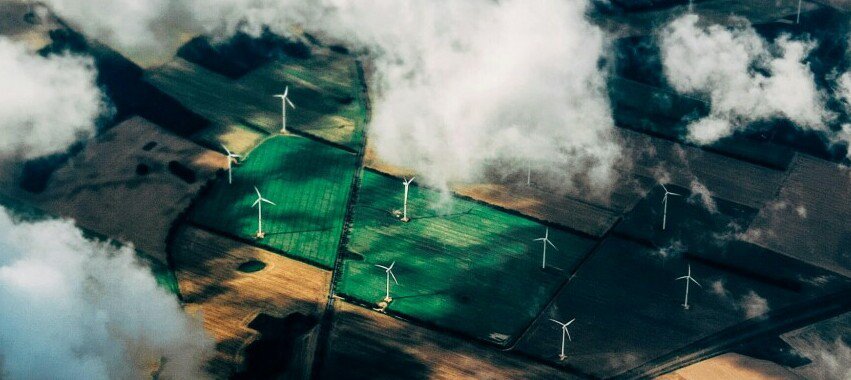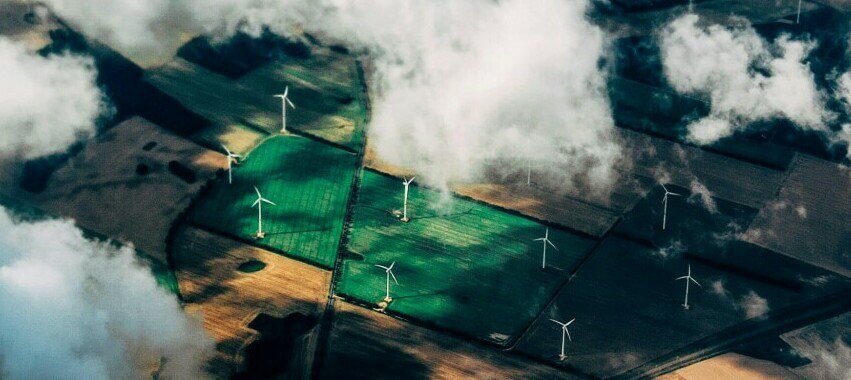
I’m going to take you through the fascinating world of renewable energy to start this journey off…..
It’s not just necessary for environmental sustainability; it’s urgent for the preservation of our planet. Renewable energy sources like solar, wind, hydro, and biomass are essential players in fighting climate change and reducing our reliance on fossil fuels.
Innovations in technology are critical in the renewable sector, enhancing both the efficiency and the deployment of clean energy solutions. I’ll walk you through solar panels capturing sunbeams, turbines turning with the gusts of wind, and water powering massive turbines. It’s an arena where imagination meets necessity, pushing the boundaries of what’s possible in energy generation.
But let’s not skirt around the issue. Doubts have been cast about whether renewable sources can truly shoulder the world’s energy needs. I’m here to shed light and clarify those doubts. Renewable energy isn’t just about embracing an eco-friendly lifestyle; it’s also about crafting robust, reliable, and sustainable systems that can provide for our energy demands now, and in the future.
So, with the stage set, let’s focus on one of the brightest stars in the renewable’s lineup: solar energy. In the next section, we’re going to delve into how we can harness the abundant power of the sun, the plethora of benefits it brings, and the technological leaps that are making solar energy a linchpin in the energy sources of tomorrow.
Harnessing the Sun-The Power of Solar Energy
I’m going to walk you through the incredible process of how we trap those golden rays of sunlight and turn them into clean, sustainable power. It all starts with solar panels. These are the tech marvels that capture solar energy and, through photovoltaic cells, convert it into electricity. It’s a bit like magic, but it’s science. What’s more, recent years have seen dramatic increases in efficiency and decreases in production costs.
Solar energy isn’t just great because it reduces greenhouse gas emissions; it also packs a punch for the economy. Did you know that solar jobs have been growing at a rate nearly 17 times faster than the U.S. economy over the past few years? This is thanks to falling costs and increased demand, making it a sunny prospect for job growth.
The advancements don’t stop there. From bifacial solar panels that collect sunlight on both sides to floating solar farms, innovation is everywhere. Just imagine solar paint or solar windows becoming commonplace in the near future!
Take a look at places like the Benban Solar Park in Egypt or the Pava Gada Solar Park in India; these sites are playing a huge role in powering thousands of homes with clean energy. It’s projects like these that inspire more investment and belief in solar power’s potential.
And if you’re thinking about investing in solar energy for your home or business, you’re in luck. There are numerous tax incentives and rebates available to lower your initial costs, and long-term savings on utility bills are significant. Choose something that resonates with you, and it just might pay off big time.
You’re probably wondering what happens when the sun sets. That’s a valid concern, and it used to be a more significant issue. But now, with advances in energy storage, like batteries, and more integrated power grids, the dusk doesn’t mean darkness. Solar power contributes to a resilient energy grid, where you’re less likely to experience outages.
I really hope that you’re beginning to see solar energy in a new light. And that’s only scratching the surface. Next up, we’re going to look at how wind energy is blowing away the competition and shaping up to be another feather in the cap of renewable resources.
The Wind at Our Backs-Exploring Wind Energy
Now, let’s talk about wind energy-it’s one of the most promising and swiftly expanding areas of renewable energy. If you’ve ever seen those towering wind turbines standing tall on a breezy plain, you’ve glimpsed the future of energy in action. These giants harness the kinetic energy of wind and convert it into electricity that powers our homes, businesses, and even industries.

So how do these turbines work? Imagine a simple fan, but in reverse. The wind spins the turbine’s blades around a rotor, which then spins a generator to create electricity. The stronger the wind, the more electricity produced. It’s clean, it’s efficient, and there’s an abundance of wind across the globe waiting to be tapped into.
The stats speak for themselves-wind energy is a growing slice of the global energy pie. In some countries, wind farms now generate a sizeable percentage of their total electricity. And it’s not just an environmental win-we’re talking about economic benefits, too. From the jobs created to construct and maintain wind farms to the investment in local communities, wind energy is a driving force for economic growth.
But the path to wind energy dominance isn’t without its challenges. Picking the right location is crucial because turbines need a steady supply of strong wind to be most effective. Plus, there are concerns about the potential impact on local wildlife and aesthetic considerations for nearby communities.
Now, as we sail from the windswept fields and look towards the vast expanse of the ocean, we uncover another realm of wind energy-offshore. Offshore wind farms can harness stronger and more consistent winds, and with less visual impact on landscapes. Offshore projects are starting to take shape around the world, indicating a sea change in how we view and utilize this renewable powerhouse.
Embracing Diversity in Renewables-The Path Forward
Renewable energy isn’t just a one-size-fits-all solution. It’s about a mix of technologies each playing to their strengths depending on location, climate, and resources available. This is the genius of embracing a diverse renewable energy portfolio. As you’ve learned about geothermal, tidal, and biomass energy sources, it’s clear that there are more options available than the widely recognized sun and wind.
Considering sources like geothermal and tidal may not be part of the daily energy conversation now, but their role is on the rise. Innovations in these fields are expanding their viability and accessibility. For instance, enhanced geothermal systems (EGS) have the potential to be game changers in areas without natural geothermal reservoirs.
Collaborating internationally on research and development can help overcome technical and financial barriers, enabling these alternative sources to contribute more meaningfully to our global energy needs. And let’s not forget, diversifying our renewable portfolio not only secures our energy future but also protects us against energy scarcity and geopolitical uncertainties.
You can always adjust your approach down the road, but starting with an awareness and support of multiple renewable sources is critical. Choose something that resonates with you, whether advocating for policy changes, investing in renewable technologies, or simply spreading the word about these amazing power sources.
The push for a cleaner, greener world is charged with immense opportunity and potential. Be part of the change. Engage with initiatives that promote renewable energy. Encourage innovation and adoption in your community. Every bit counts towards shaping a sustainable future for generations to come.
This post contains affiliate links. If you make a purchase through these links, I may earn a commission at no extra cost to you.


I must point out my love for your kindness for men who absolutely need assistance with the theme. Your very own dedication to passing the message across was exceedingly valuable and have consistently empowered regular people just like me to reach their endeavors. Your new warm and friendly report signifies a great deal a person like me and somewhat more to my colleagues. Thanks a ton; from everyone of us.
Hey people!!!!!
Good mood and good luck to everyone!!!!!